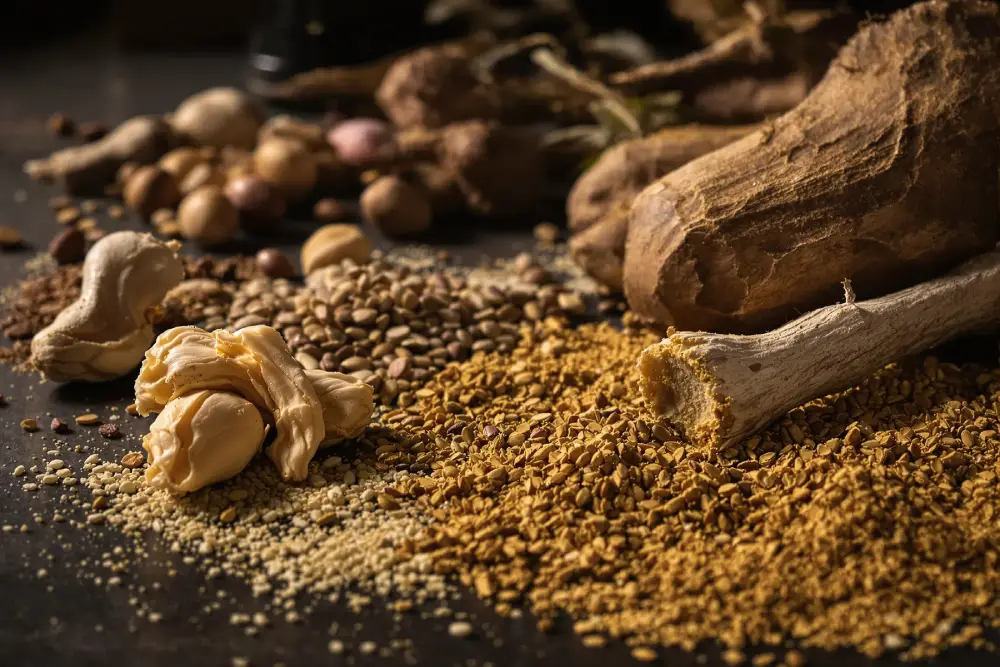Among the hundreds of ingredients used in perfumery, musk holds a special place—a warm, long-lasting, and sensual base note that adds depth, softness, and allure to fragrances. Musk has been a key component in perfume composition for centuries and continues to play an essential role in modern male, female, and unisex scents. In this article, we will explore the characteristics, history, types, and olfactory impact of musk in the art of perfumery.
The History of Musk in Perfumery
The word “musk” originates from the Persian term “mushk” and originally referred to a substance extracted from the gland of the male musk deer. This material, known for its strong animalic scent, was highly valued in Eastern cultures, especially in India, Iran, and China. With the expansion of perfume trade to Europe, musk also gained significance in Western perfumery.
Over time, due to ethical and environmental concerns, the use of natural animal musk became restricted. Today, synthetic musks have replaced animal-derived musk. These modern alternatives offer a similar, though softer and more stable, scent.
Olfactory Profile of Musk
Musk has a distinctive, multifaceted aroma that can vary depending on the type. It may be:
Warm, soft, and velvety
Animalic and seductive
Powdery and clean (like fresh skin or clean clothes)
Slightly sweet or woody
What makes musk truly unique is its ability to enhance and bind other scent notes, creating a smooth, well-rounded fragrance.
Musk as a Base Note in Perfume
1. Extending Longevity
Musk is one of the most persistent fragrance components, staying on the skin long after the top and middle notes have faded. It is especially prized in winter fragrances for its lasting warmth.
2. Adding Depth and Body
Musk gives a sense of warmth and presence to a perfume. Without it, many fragrances would smell flat or one-dimensional. It adds richness and complexity to otherwise simple blends.
3. Creating Sensuality and Attraction
Historically, musk has been associated with sensuality and intimacy. Its scent is often subconsciously perceived as attractive by the human brain, which is why it is frequently used in romantic and luxurious fragrances.
Types of Musk in Perfumery
1. Natural Musk (Animal-Derived)
Rarely used today due to ethical issues; has a strong, raw, and heavy scent.
2. White Musk
A popular synthetic musk with a light, powdery, and clean scent—perfect for minimal or daily fragrances.
3. Powdery Musks
Resemble the scent of baby powder or freshly laundered cotton—subtle, soft, and often used in feminine scents.
4. Warm or Woody Musks
Deeper and richer in character, ideal for night-time or cold-weather perfumes.
Musk in Combination with Other Notes
Musk blends well with a wide range of other fragrance families:
Florals (jasmine, rose, iris): Creates romantic and elegant compositions
Citrus (bergamot, orange): Adds longevity and warmth to fresh top notes
Spices and Vanilla: Enhances warmth and depth
Woods and Amber: Creates rich, oriental-style perfumes
Famous Perfumes Featuring Musk
Narciso Rodriguez for Her – A feminine scent combining white musk with delicate florals
Kiehl’s Original Musk – A classic perfume with a warm, animalic musk base
White Musk by The Body Shop – A light and clean everyday musk fragrance
Molecule 01 + Musk by Escentric Molecules – A modern, minimalist perfume centered around synthetic musk
Conclusion
As a base note, musk is a fundamental and irreplaceable part of perfumery. It is seductive, complex, long-lasting, and provides the signature trail that lingers on your skin long after the initial spray. Whether in the form of soft, contemporary white musks or rich, sensual classic varieties, musk remains a favorite for those seeking a fragrance that is distinctive, intimate, and timeless.

